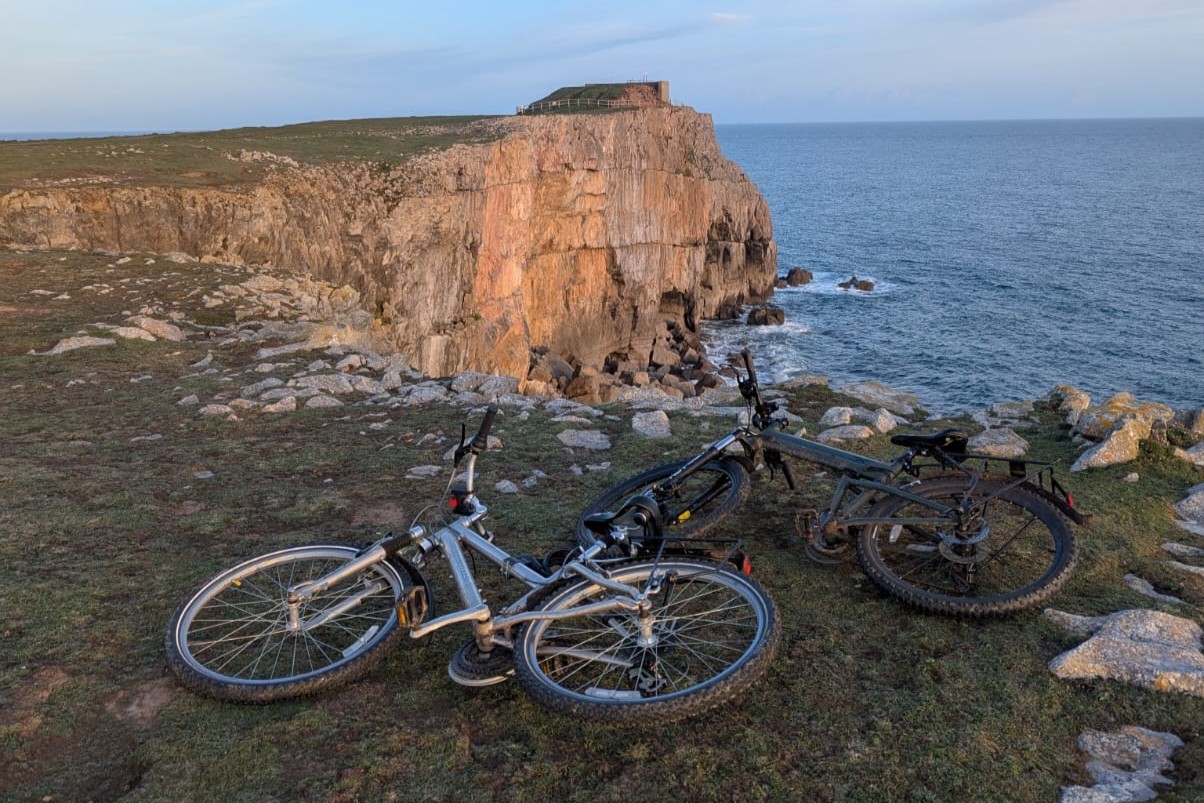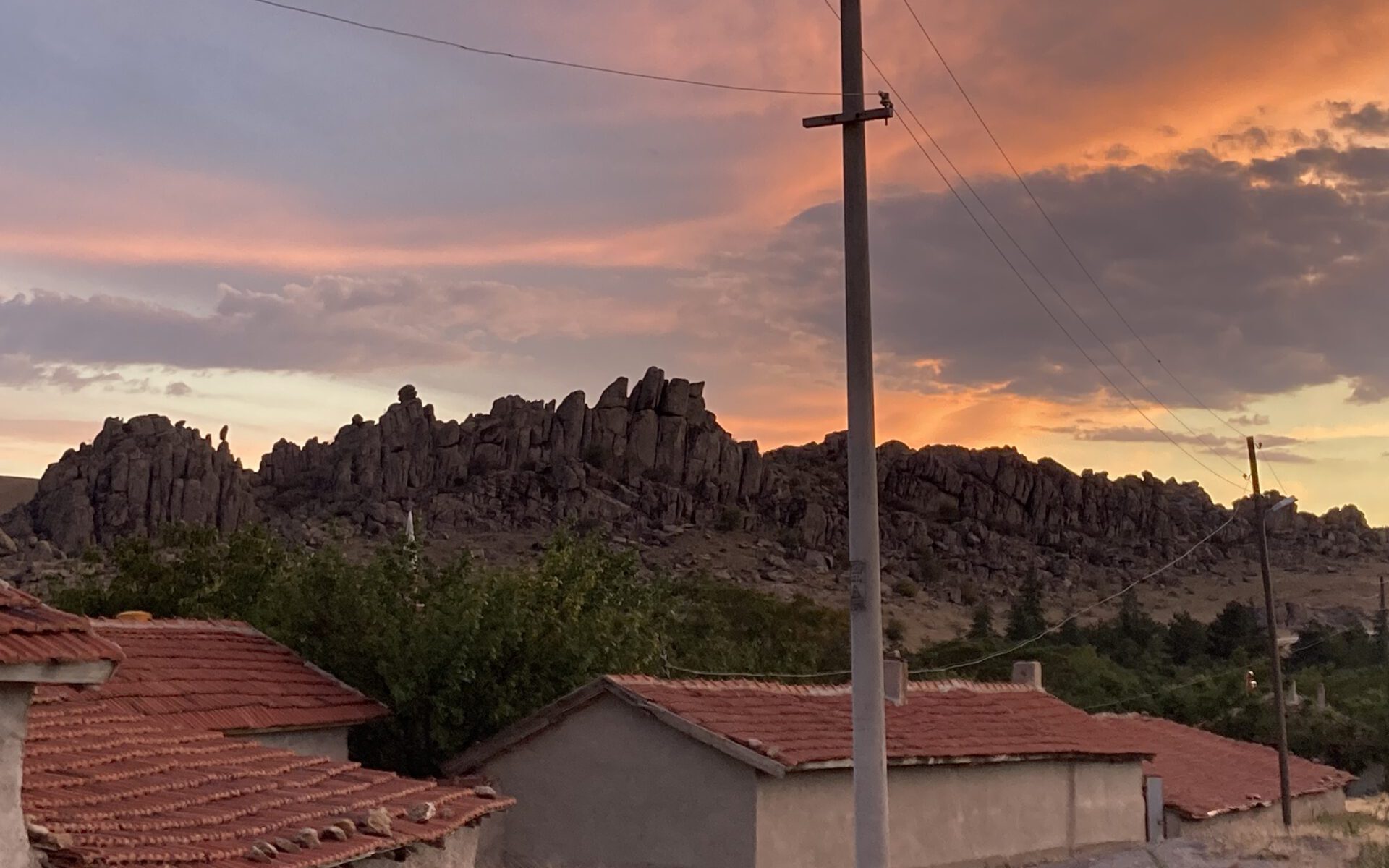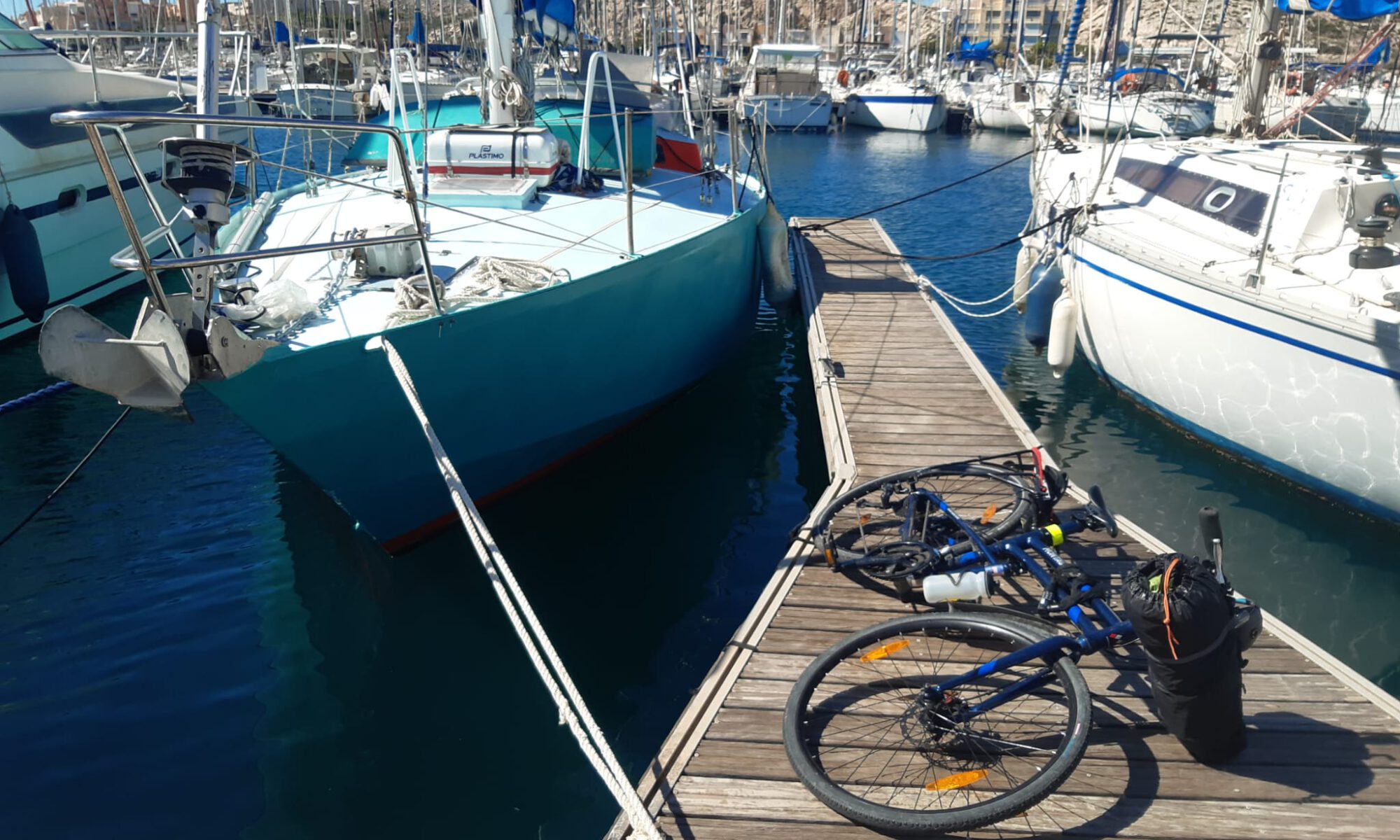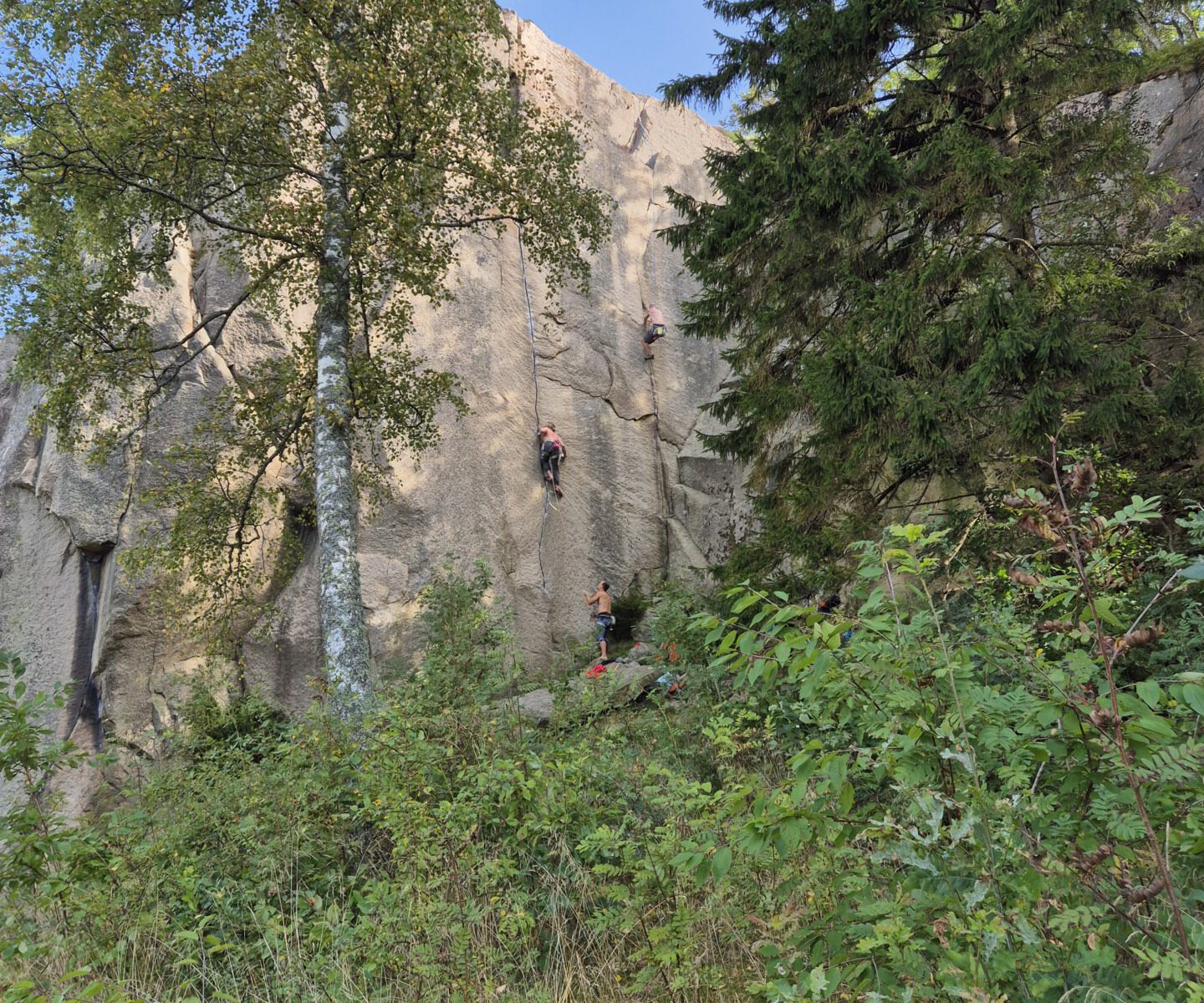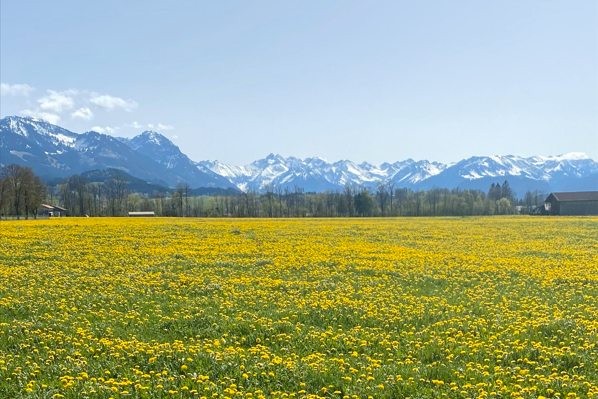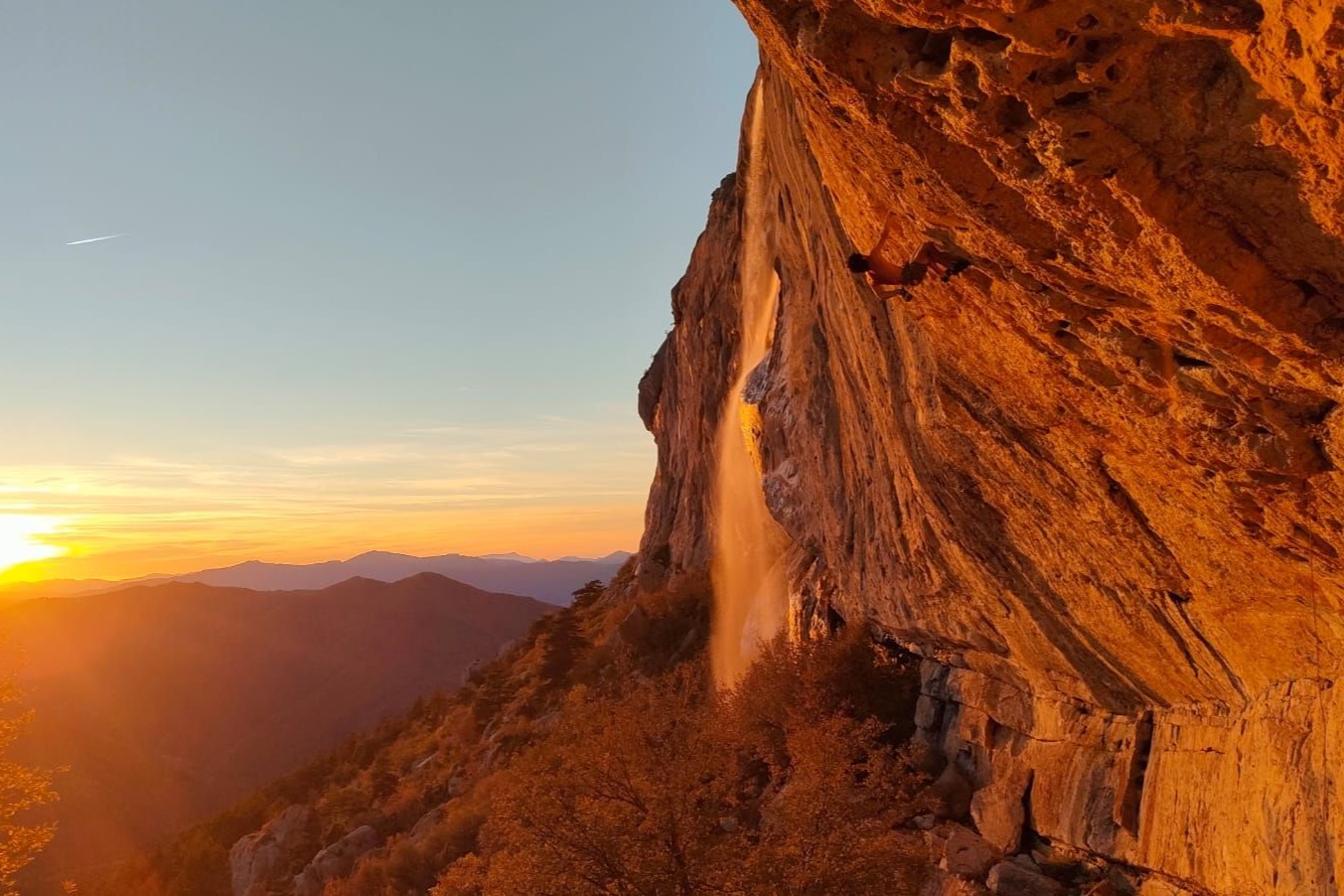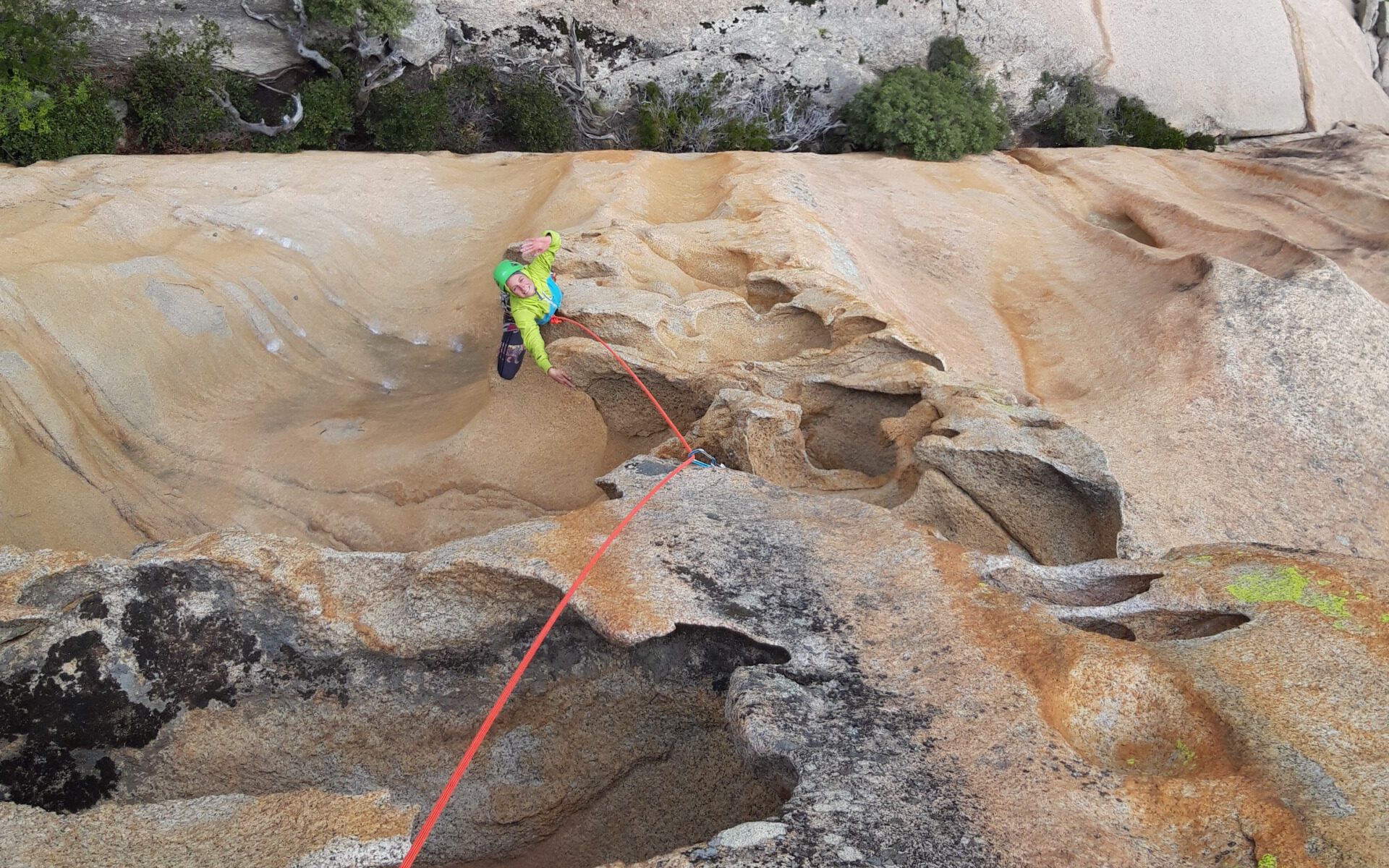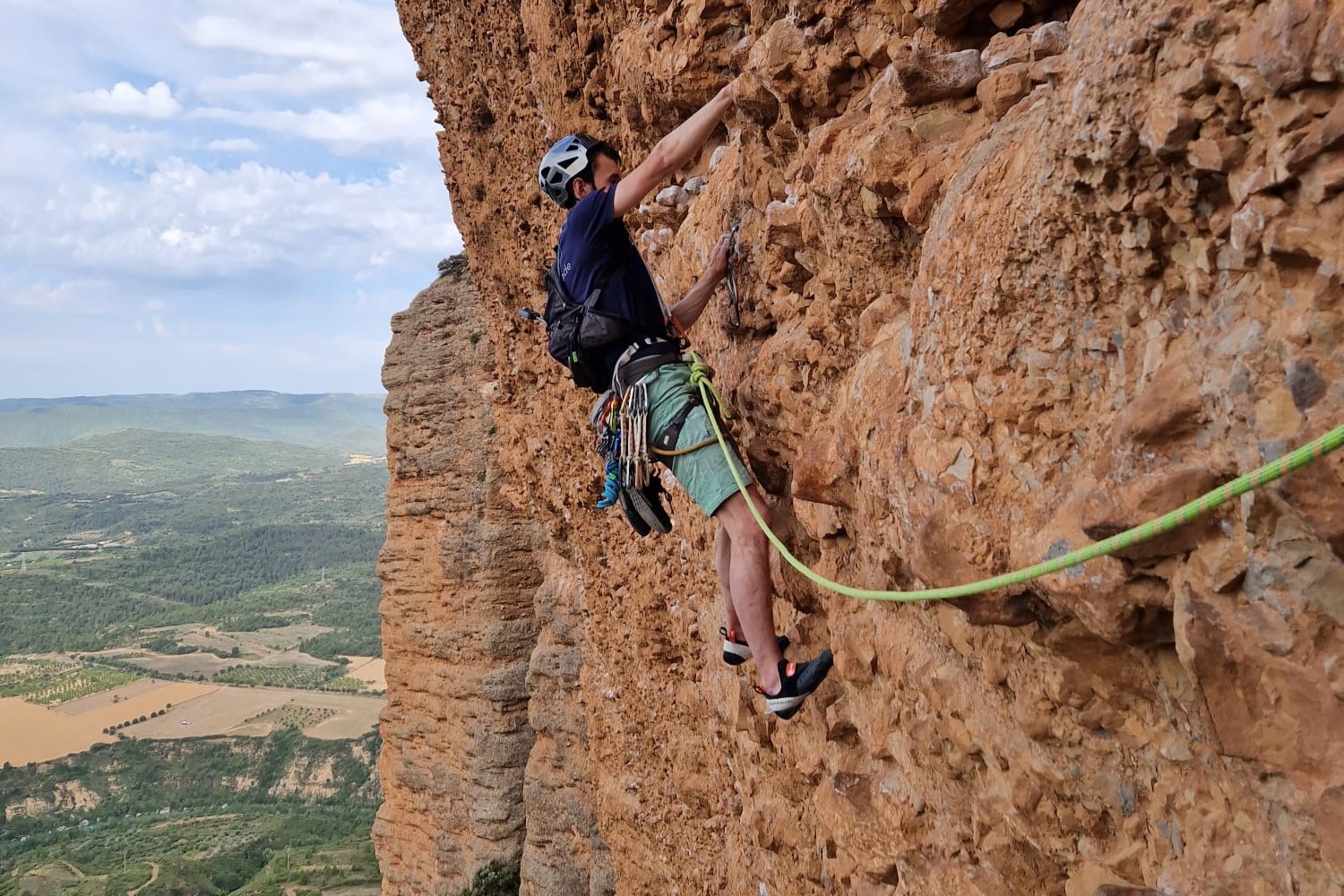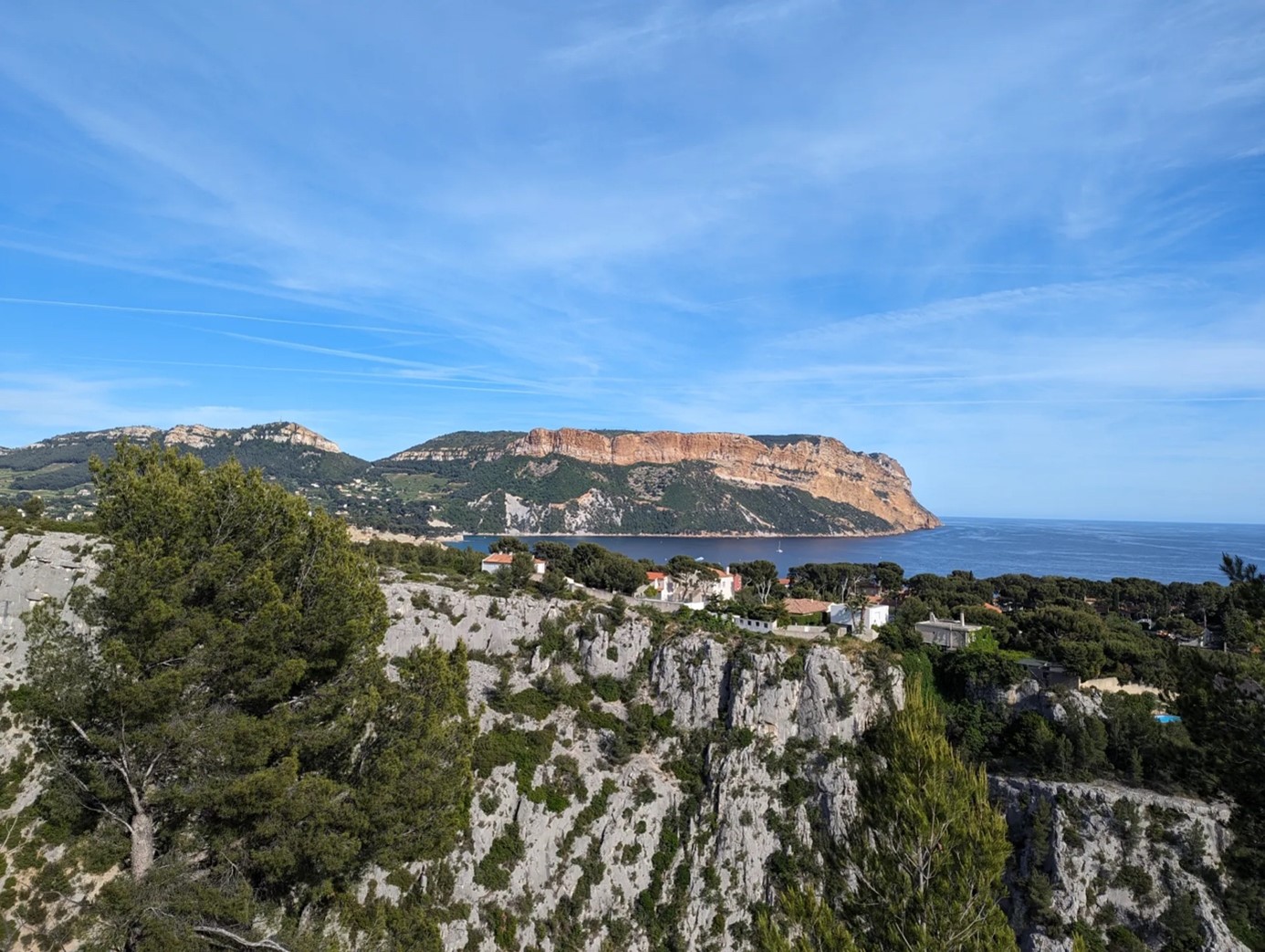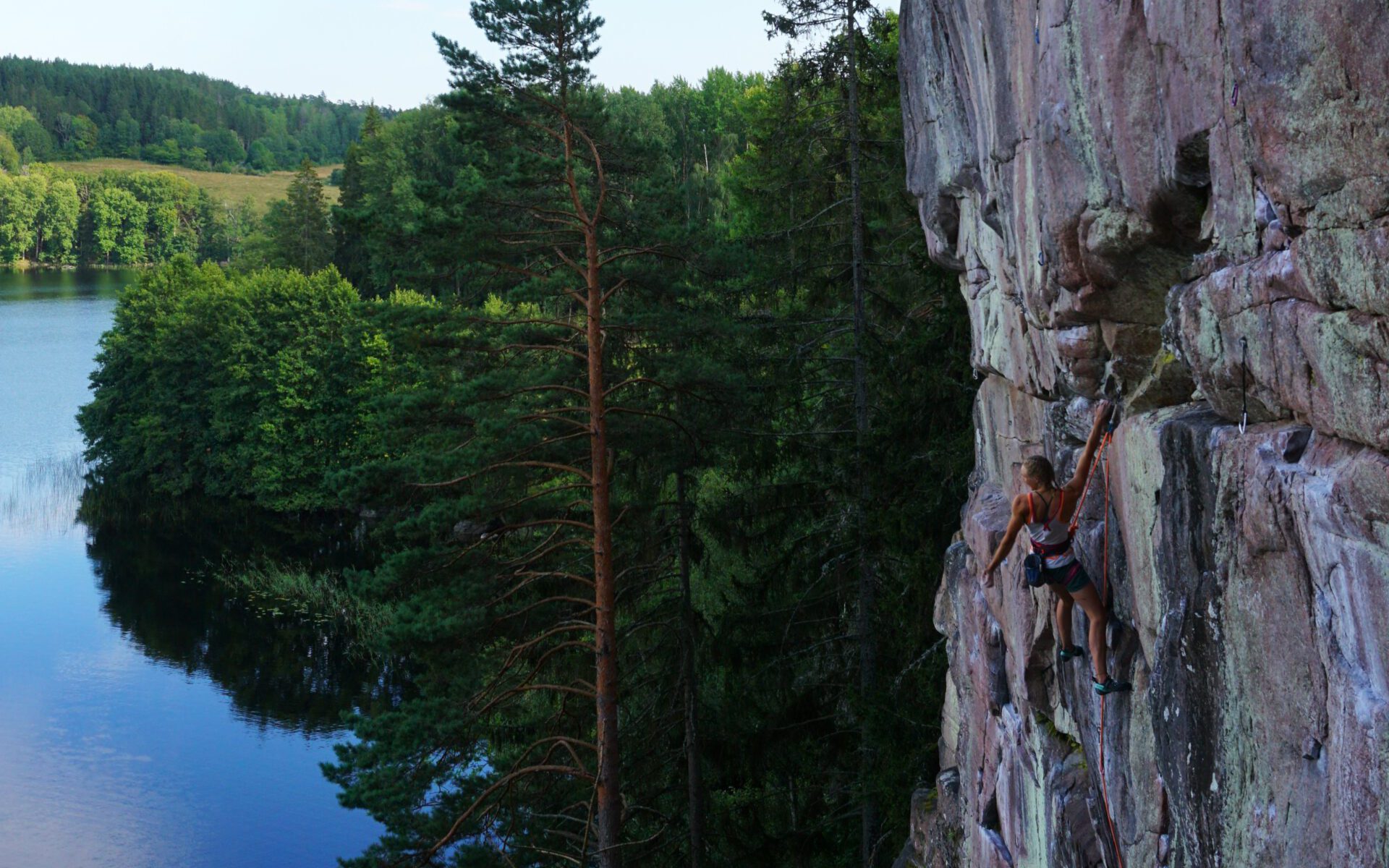
In the past we have tried to get to famous sport climbing crags using a new (to us) mode – ecopointing. This often led to frustration when the local infrastructure was much more car- than bike-friendly. So this time we thought of a destination, a route, where ecopointing would be more fun than car travel. Where ecopointing is not about overcoming obstacles, but about enjoying the beauty of change. So we cycled from Gothenborg to Stockholm, climbing on six crags along the way, such as Sjöända. Stunning, ca. 25m high main wall with slightly overhanging, crimpy, and technical climbing. Mostly 7b and harder, but some nice, easier routes can also be found. The side walls offer a bit shorter, vertical, partly slabby climbing in easier grades. It is located directly next to a beautiful lake where you can refresh yourself on a warm summer day. Perfect summer crag as the shades moves in during early afternoon.
What we loved about Sweden: “Allemansrätten”, “Fika” (coffee break) and the granite! Swimming in lakes twice a day (and not missing a shower in three weeks), cycling through marvellous nature, eating freshly picked berries in our porridge and sleeping in shelters, “badsplats” and the like, sometimes even with (dry) toilets – for free and in places you would not get to by car!
Pembroke is a very popular UK climbing destination for trad climbing and while the best of it is in the Extreme grades we also found plenty of quality at a more moderate level especially around the HVS mark. Arguably the greatest appeal of Pembroke is the situation and exposure of the climbing with a mixture of walkable ledges with a cragging feel metres from the waves and committing ab-in lines that require careful awareness of the tides. It is an excellent destination for a bike trip as cycling along the coast path reduces walk-in times to practically zero and the cycle to and from the station is possible even for average cyclists with heavy gear and non-specialist bikes.
Karakaya is a very beautiful climbing are in the middle of turkey. It’s almost magical, that in this wide steppe, there is an accumulation of crags reaching steep out of the landscape. The granite rock with cracks and wild slopery forms offer a unique climbing experience. Just next to that lays an old pain grove spending shadow on sunny days. The formation of the rocks looks very fascinating and also the surroundings is something one sees not often in central Europe. The climbing here has been developed just in 2010 and is thus very new. On the weekend there are often some local climbers or climbing courses with whom one can get a bit in touch. It’s not the best climbing area for beginners, as most routes are around 6c-7a and half of them has to be protected by oneself. There are also a few short multipitches with 2 or 3 pitches, but most of the area is sport and tradclimbing. Really cool is, that under the pine trees there is a free camping spot.
Meteora is truly a magical place, one feels like being in another planet or in a Miyazaki movie. Multi-pitches routes go up some of the black conglomerate pillars. The views are fantastic from the summits, you can see monasteries on top of other pillars, and you can write your name in small books 😊 Meteora has the reputation to be quite airy when it comes to the bolting of the routes. It is true, but maybe less than what we expected: the routes we selected did not feel too bad regarding this aspect. I would recommend the routes “Corner of Madness” (some trad gear is needed though), and “Egg Dance” with a committing split/jump at the top (which can be aided).
Bohuslän, the Swedish Mecca of trad climbing, boasts the best granite between Lofoten and Chamonix, and is conveniently located right in the middle of these two. The Bohuslän crags range from beginnner-friendly to some of the hardest lines in Scandinavia. The crags are densely distributed throughout the region, which is easily reached by train. Bus transport is sparse and infrequent, so bringing a bike makes the trip a lot easier.
Nestled in the Bavarian Alps, the Allgäu offers climbers a playground, with routes ranging from beginner-friendly to challenging. Everyone can test their skills while soaking in the region’s serene beauty. As public transport is not the best in the region, it is a great place to go climbing by bike.
Ceüse is a legendary cliff in the southern French alps. Known all over the world for it’s perfect limestone, you can find more than 600 routs from 5a to 9b+. In summer you can climb just when the cliff get the shade, at about 2pm, the part that gets in the shade has grade from 6a to 9. The easier roots (5a and 6b) are more on the south/west and are more convenient in spring or autumn.
Corsica is a very nice island to go climbing. The granit over there is really crazy and can take amazing shapes called « tafoni ». You can also find beautiful slabs or cracks. Bavella is the biggest equipped multipitch spot of the island.
Los mallos de Riglos (Mallets of Riglos) are 300m red sandstone towers that seem to appear out of nowhere. When taking a closer look, they offer a very unique type of multipitch climbing with long sections of overhang on very good holds, a sharp contrast to more traditional slabby multipitch climbing. Located in the Aragon region of Spain and close to the Pyrenees, the town of Riglos is also very accessible by public transport thanks to a train station located on the Zarragoza-Canfranc train line. It is a trip I recommend for every climber to do at least once in their life.
I traveled from Lausanne to the south of France by train, then cycled along the Mediterranean coast. The scenery was absolutely stunning, and I climbed in the beautiful Calanques. It was a fantastic spot, with routes perfect for all skill levels, breathtaking climbs, and incredible views.


